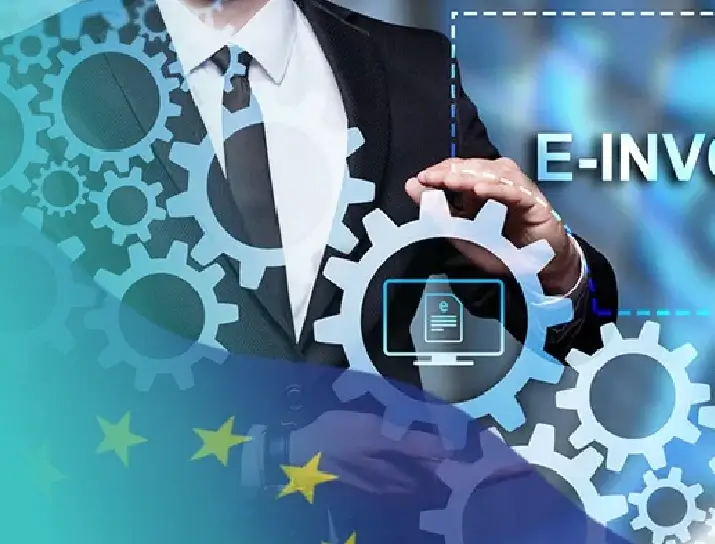Understanding Peppol and Its Importance

What is Peppol?
electronic procurement processes, making them more efficient and transparent. Peppol achieves this by providing a set of standards and protocols for e-invoicing and other procurement activities.
Why is Compliance with Peppol Important for accountants?

Key Components of Peppol

Peppol e-Invoicing Standard
Peppol Network


Universal Business Language (UBL)
Peppol e-Invoicing Requirements in Europe

E-Invoicing Mandates
Benefits of E-Invoicing
Efficiency
- Automated processing of invoices reduces manual effort and errors.
Environmental Impact
- Reduced paper usage contributes to sustainability.
Cost Savings
- Lower administrative costs associated with paper-based invoicing.
Transparency
- Improved visibility into financial transactions.
Speed
- Faster invoice processing and payment cycles.
Steps to Ensure Compliance with Peppol
Step 1: Understand Local Regulations
Each EU country may have specific requirements regarding Peppol e-invoicing. An accountant must stay informed about the regulations in the countries where their organization operates. This includes understanding the deadlines, formats, and reporting requirements.
Step 3: Implement UBL for E-Invoicing
Adopting the Universal Business Language (UBL) format for e-invoicing is essential for compliance with Peppol standards. This involves configuring accounting systems to generate and process invoices in the UBL format. Many software solutions offer built-in support for UBL, simplifying this step.
Step 5: Monitor Updates and Changes
Regulatory requirements and Peppol standards may evolve over time. Staying updated with the latest changes is critical for maintaining compliance. Subscribing to industry newsletters, attending webinars, and participating in relevant forums can help an accountant stay informed.
Step 2: Choose a Certified Access Point
To connect to the Peppol network, organizations must use a certified access point. These access points ensure secure and compliant transmission of e-invoices. Selecting a reputable and experienced access point provider is crucial for seamless integration.
Step 4: Conduct Regular Audits and Training
Regular audits of e-invoicing processes can help identify and rectify compliance issues. Additionally, training programs for accounting staff on Peppol standards and local regulations ensure that everyone is equipped to handle compliance requirements effectively.



